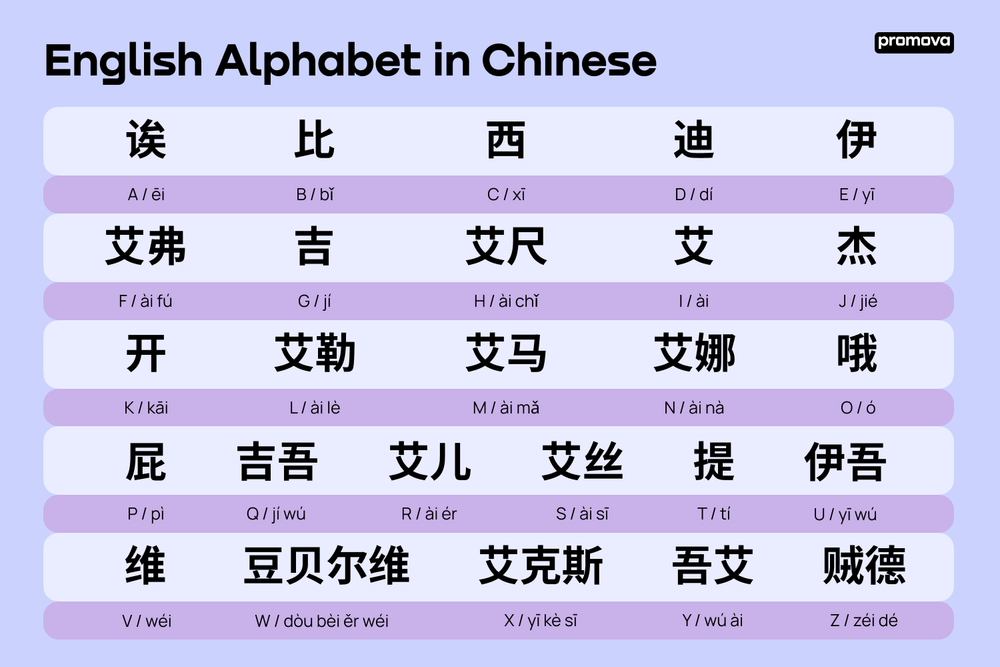Mandarin is a traditional Chinese language and the world’s most-spoken language with billions of speakers. Its speakers contribute up to 16% of the world’s total population. It has also been a popular language for translation. Mandarin is also referred to as a group of Chinese language dialects rather than being considered one language.
These dialects have been quite common in northern and southwestern China. All these dialects came from different parts of the region such as the Beijing dialect and, the phonology of standard Chinese. As per the historians Mandarin originated from North China and hence most of the dialects belong to the north. Hence, Mandarin language translations also revolve around northern dialects and the rest depends on the requirement.
Before proceeding further with the Mandarin language and its translation it is important to understand the composition of this language. Many people are often unaware of the fact that Mandarin or Chinese language is a tonal language and there is no defined alphabet for this language which also makes it a tough choice for translation.
You can get tempted by Chinese literature but it is tough to decipher the characters. Likewise, it is evident that businesses need to collaborate with a professional agency to deal with the Chinese language. The Pinyin intervenes in such situations bridging the language gap between the complex world of Mandarin characters and those who are not familiar with the language.
What is Pinyin?
It is imperative to understand the word and how it works before you seek translation for it. As there is no solid alphabet for the Mandarin language the pinyin is used for the people’s convenience. Pinyin is a romanization system, this system lets you represent the pronunciation of Mandarin characters with the help of the Latin alphabet. Each character gets a combination of letters and symbols which makes it easier for people who do not speak Mandarin or are not native speakers. And with the help of it, they are able to have a grasp on basic pronunciation. This empowers the users to transcribe the language effectively. This system came into practice during the 1950s and has also officially been in use in mainland China since 1958.
Unlocking communication barriers
Pinyin has been helping people to understand the world’s most popular language. It has reduced the complexities of this language for learners. The people after right and relevant transcription are also able to translate the content making the translation process easier.
Here is how it is helping to unlock the communication between the businesses after translation.
Pronunciation guide
The Mandarin language can appear as an alien language to non-speakers. However, an understanding of pinyin can pave the way for them to smoother communication. It helps with the better pronunciation. Following pinyin marketing can also assist with the pronunciation of words and phrases. This further leads to transparent communication where you get the pronunciation, pitch, and tone of the language, which is the most important factor given the fact that it is a tonal language.
Travel companion
Pinyin is an invaluable tool and can be a great companion for businesses and people while traveling. The language barrier can be severe and can make you suffer as an outlander in the country. However, following certain steps or seeking assistance from a professional translation company can make your communication better. With the help of pinyin, you can easily read the menu, signboards, and basic phrases which can enhance your traveling experience in China and the regions where they speak Mandarin.
Learning aid
This also provides a great learning aid. Pinyin serves as the foundation for the people who are interested in learning Mandarin for better opportunities or studies. Learning pinyin along with characters can give beginners a good hold over the language. Businesses that intend to tap Chinese markets can also opt for this method to be able to reasonably communicate with their Chinese business associates. They can also communicate with the translation agencies accordingly.
How understanding pinyin helps with translation
The understanding of Pinyin can be a great tool and rather a game changer for people who want to opt for Mandarin language translations in China. Knowing the pinyin can help with achieving smoother and more accurate results.
Correct tones
The prior knowledge of the pinyin can indicate the different tones of Mandarin characters. This can be a great help because tones have a vital role to play in the meaning of the Mandarin language. It further ensures that the translators can accurately convey the intended tone in the target language avoiding complications.
Improved listening & understanding
Many times translators and even businesses have to listen to the audio files for a better understanding. Knowing the pinyin can help to understand the pronunciation better paving the way to a smoother translation and transcription process.
Conclusion
Pinyin is a romanization system according to which you can learn, understand, and speak Mandarin language using Latin alphabets. Chinese originally has no alphabet and have different Chinese characters. Knowing the use of pinyin not only helps with clear communication but also has a greater role to play in Mandarin language translation.




